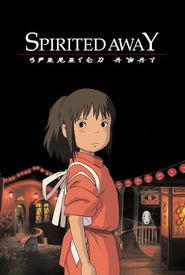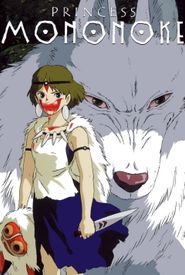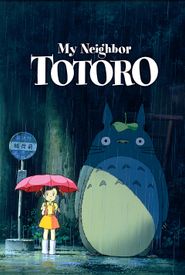Hayao Miyazaki, a renowned animation director from Japan, has gained international recognition and acclaim for his captivating films, memorable characters, and breathtaking visuals. His impressive career spans over five decades, with a rich history of creating beloved animated classics.
Miyazaki began his journey in 1963 as an animator at Toei Douga studio, where he quickly gained attention for his remarkable drawing skills and innovative ideas. He was soon involved in many early Japanese animation classics, showcasing his talent and creativity.
In 1971, Miyazaki joined the A Pro studio with Isao Takahata, and in 1973, he moved to Nippon Animation, where he played a significant role in the World Masterpiece Theater TV animation series for the next five years. This was followed by his first TV series, Future Boy Conan, in 1978.
Miyazaki's first film, the iconic Lupin III: The Castle of Cagliostro, was released in 1979 and marked the beginning of his successful film career. He then moved to Tokyo Movie Shinsha in 1979 and directed several films, including the critically acclaimed Nausicaä of the Valley of the Wind in 1984.
The success of Nausicaä led to the establishment of Studio Ghibli, which Miyazaki co-founded with Isao Takahata and Toshio Suzuki. Since then, he has directed, written, and produced numerous films, including Princess Mononoke, which received the Japanese equivalent of the Academy Award for Best Film and became the highest-grossing domestic film in Japan's history at the time of its release.
In addition to his work in animation, Miyazaki is also a skilled manga artist. His most notable work is the epic tale Nausicaä, which he worked on intermittently from 1982 to 1984 while making animated films. Another notable manga is Hikotei Jidai, which later evolved into the successful film Porco Rosso in 1992.
Throughout his illustrious career, Miyazaki has consistently pushed the boundaries of animation, storytelling, and visual artistry, leaving a lasting impact on the world of animation and beyond.




































